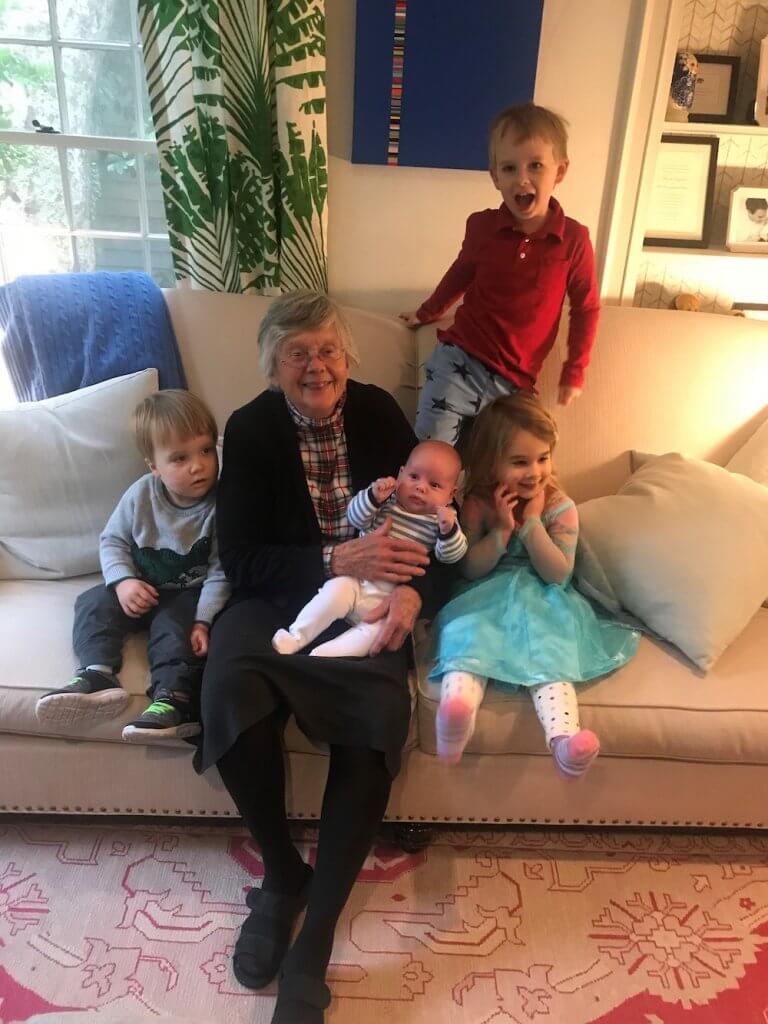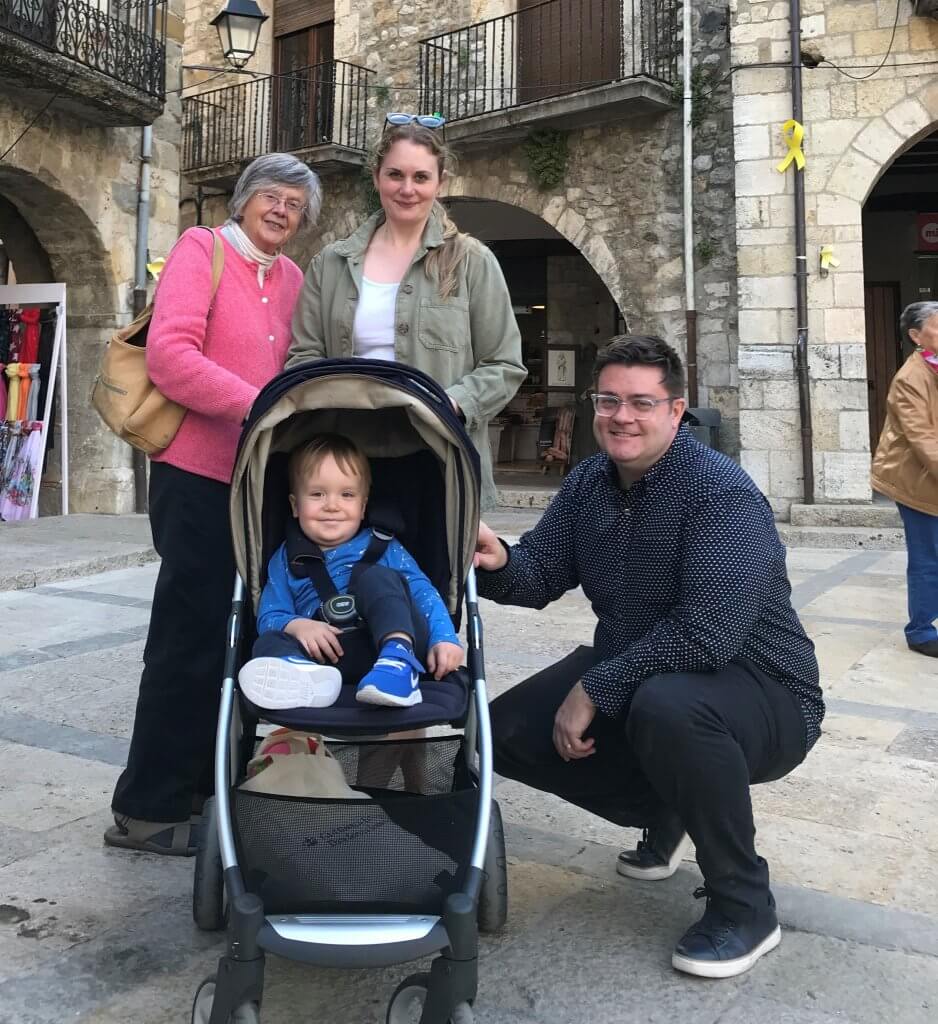Carol Brown, 80, has been through quite a turbulent 2020. Her much-beloved pastimes, including playing violin in a senior orchestra, book groups, and weekly church services, are now virtual due to the COVID-19 pandemic. The Boston-area resident had to cancel a March trip to visit family out west, and she spent the summer packing up and selling the home she lived in for nearly 50 years.
Through all the changes, however, one thing in Brown’s life has remained stable: her ovarian cancer treatment. On a clinical trial since November 2018, she takes daily medication at home and goes in every two weeks for infusions at the Susan F. Smith Center for Women’s Cancers at Dana-Farber/Brigham and Women’s Cancer Center.
“It sounds a little strange, but everything in this part of my life is under control,” says Brown. “My treatment has been wonderful this year.”

Recurrences and rebounds
The road was not always easy for Brown. When she was first diagnosed in 2014, she underwent chemotherapy, a hysterectomy, and then more chemotherapy at Dana-Farber. Her hair fell out, and she was very fatigued, but in time the cancer went into remission. Brown regained her strength and resumed her active lifestyle of swimming and boating with her family.
Then, in mid-2018, Brown began losing weight. She grew concerned and went to see her oncologist, Panos Konstantinopoulos, MD, PhD. Testing confirmed that the cancer had returned.
It was time for a new treatment approach, Konstantinopoulos determined. In the years since Brown’s first diagnosis, new discoveries had led to new offerings for patients like her.
It has long been known that people who carry inherited mutations in BRCA1, BRCA2, and other BRCA-related genes (known as “DNA repair genes”) have a markedly increased risk of developing certain cancers — particularly breast, ovarian, pancreatic, and prostate cancers — during their lifetimes. By the time of Brown’s recurrence, Konstantinopoulos and fellow physician-researchers had discovered something new: Many cancers can acquire mutations in the BRCA and other related DNA-repair genes only in their tumor cells, even if the patient was not born with the genetic mutation.
This was the case for Brown, who has what is known as a somatic BRCA mutation. As a result, she started on a BRCA-focused clinical trial that included drugs known as PARP inhibitors — which are most effective against tumors with cells carrying harmful mutations in the BRCA genes. In this trial, explains Konstantinopoulos, a PARP inhibitor was combined with immunotherapy based on work performed at Dana-Farber showing that PARP inhibitors and immunotherapy have more than additive effects against tumors with cells carrying harmful mutations in the BRCA genes.
The trial quickly brought Brown’s cancer back under control. And, unlike with her earlier treatments, she has never felt tired or lost her hair.
“Most of my friends don’t even know I’m back in cancer treatment unless I tell them,” she says.

New center targets BRCA genes
Because the importance of BRCA genes has become increasingly evident in the risk, growth, and treatment of cancer, Dana-Farber has launched a new center of excellence — the Center for BRCA and Related Genes — dedicated to the care for, prevention of and research into BRCA-related cancers.
“Recent research at Dana-Farber and other leading cancer centers has identified genetic defects in BRCA-related tumors that make them vulnerable to new effective treatments,” says Konstantinopoulos, director of Translational Research, Gynecologic Oncology at Dana-Farber and director of the new center. “The rapid accumulation of insights into DNA repair genes in an expanding array of cancers, and the development of new and emerging targeted therapies exploiting defects in DNA repair, provide the perfect opportunity for a dedicated comprehensive center to help accelerate progress.”
Patients visiting the new center will be evaluated by an appropriate designated expert Dana-Farber physician, with a genetics evaluation as needed. Teams of specialists will work closely together to offer patients the latest therapies and clinical services, including access to innovative clinical trials. There will be a particular focus on overcoming developed resistance to chemotherapy, targeted agents, and DNA repair inhibitors.
The end goal will be more patients with outcomes like Brown, who recently got to hug her newest grandchild for the first time.
“I’m very thankful for these last 18 months,” Brown says. “They have allowed me to continue living my life to the fullest.”
